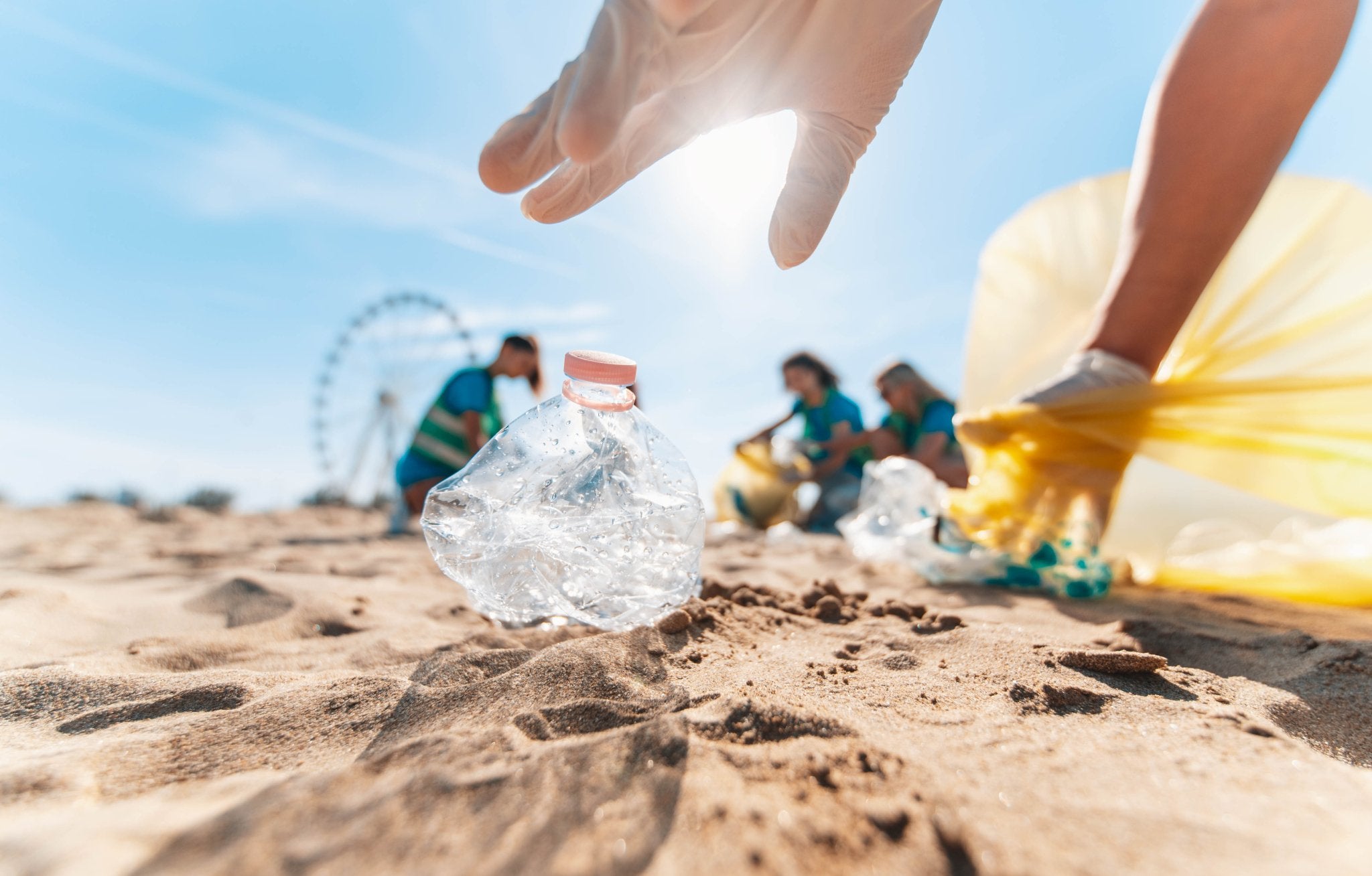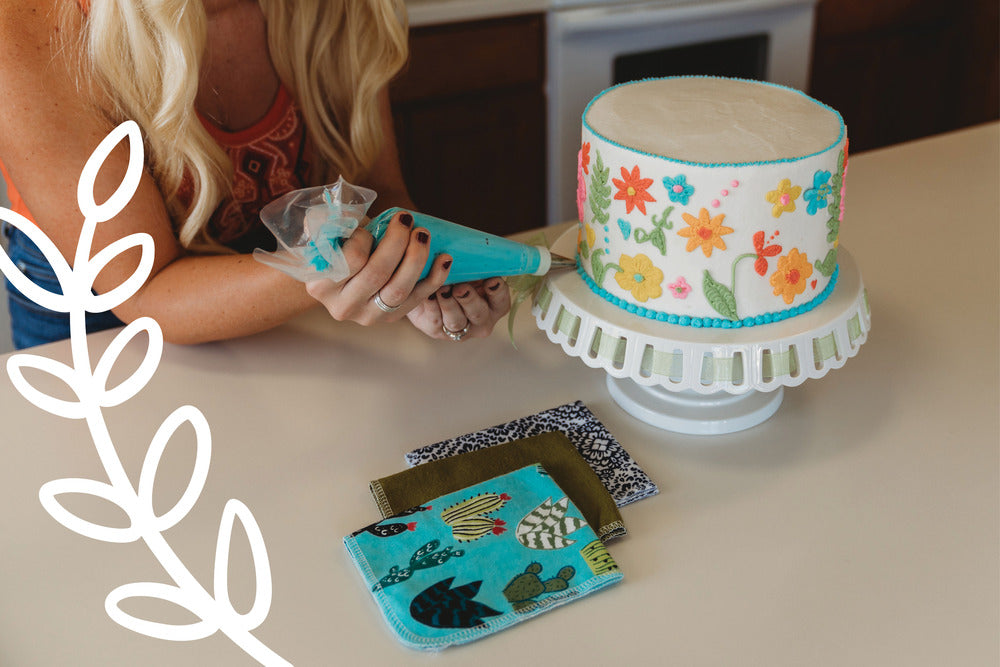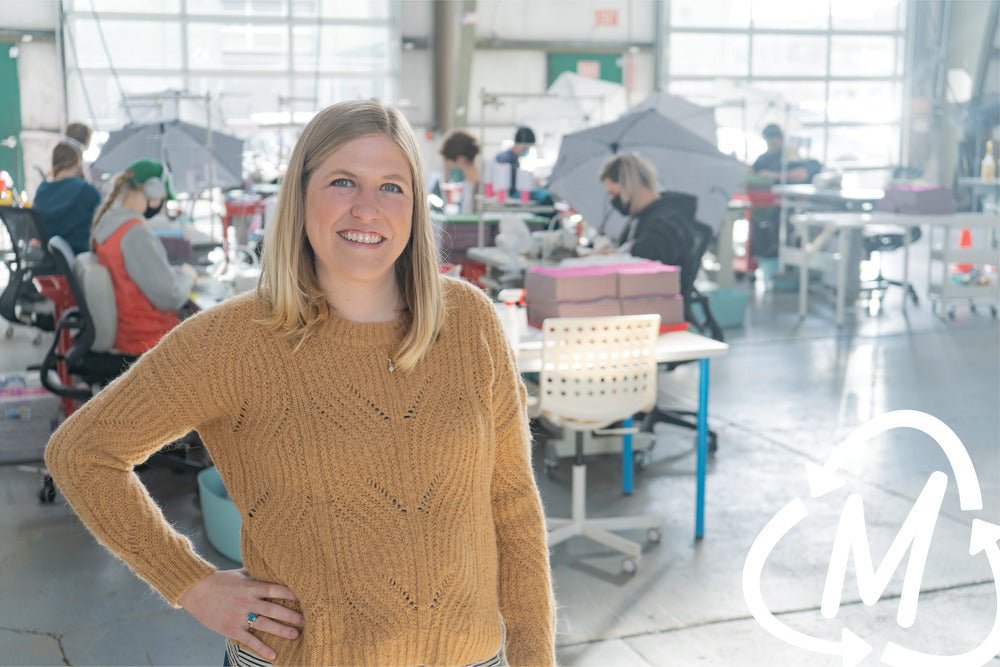It’s Plastic Free July, a chance to slow down and take the time to consider how much plastic we are consuming day to day, and what alternatives we can find to reduce that number. But with all this talk about plastic and how to avoid it, maybe we should also take the time to closely examine plastic, where it comes from, and how we developed such a large plastic problem to begin with. Learning about the history of plastic can help put sustainability into perspective, and shows that just as plastic pollution is a collective issue, so is what we decide to do about it.
We’re going to take it back to middle school science class for a second. Polymers are long chains of molecules. You might remember polymers as proteins, or cellulose that makes up the cell walls of plants. These sorts of polymers are found in all living things, and all across nature. In 1869, John Wesley Hyatt developed the first slightly synthetic polymer coined as “celluloid,” made from camphor and cellulose (a naturally derived compound). By the early 1900’s, a fully synthetic plastic that contained no molecules found in nature was produced, and this was the beginning of the plastic push. Now, the average synthetic plastics are mostly made from carbon atoms that can be found in things like petroleum and other fossil fuels.
At first, plastics were revolutionary, and were used to create exciting new products, or were even a key player during difficult times. For example, during World War II, natural resources were scarce, which led to the development of plexiglass for airplane windows, and Nylon, a synthetic silk for parachutes, ropes, and more. America saw plastic production increase exponentially during this time, especially with the rise of plastic surgery as wounded veterans returned home seeking physical reconstruction. Marketplaces saw plastic replace things like steel, paper, and glass in many products, as plastic was cheaper, lightweight, and durable. Economically, it made some sense at the time, but there was neglect to acknowledge that synthetic plastics do not biodegrade, and will remain where it falls forever. However, when plastic pollution started popping up in oceans in the 1960’s, coupled with other ecological concerns, people started growing in environmental awareness.
In the 1970’s and 80's, plastic was everywhere. Take out containers, clothing, cassette tapes, those infamous Tupperware parties; much like today you couldn’t escape it. Due to growing concern about plastic pollution, it was actually the plastic industry that suggested recycling. The plastics industry spent millions in advertising, recycling campaigns, and public relations efforts to promote plastic recycling. However, it now seems this was largely in an effort to keep plastic bans at bay. Taken from an NPR and PBS investigation, Laura Sullivan writes,
Recycling plastic means less profit from selling more plastic, and unfortunately, plastic recycling never really took off anyway. Recycling programs are often expensive to maintain, and the recycling effort was not widespread enough to make a huge difference. Plastic bans went into effect regardless, with some states banning things like plastic grocery bags and plastic straws. Now, only around 9% of plastics make it into the recycling bin to begin with, and not everything that does make it to a recycling center even gets recycled, as there are as many as seven different types of plastic, not all of which are recyclable.
Plastics still end up in landfills, waterways, and natural habitats, causing serious harm to wildlife and their ecosystems. However, we are now in a place where we are somewhat dependent on plastics. Plastic in itself is not a bad thing. We use it for modern technology, vehicles, even life saving medical devices! It creates equal access to items that would otherwise be far too costly for even average families to afford, and it has been the catalyst for many important scientific advancements. But, we were not careful with overproduction and proper disposal practices. Littering, urban runoff, poor waste disposal management, illegal dumping and more all contributed to negative environmental impacts. So, now we must take responsibility for the plastic pollution we have created, and learn how to move forward in our relationship with plastic without being detrimental to the environment.
The future of plastic and our planet’s health are inextricably linked, and as mentioned previously, it will take a collective effort to make an impact. Scientists are actively finding ways to create eco-friendly alternatives like bioplastics and fully biodegradable plastics. People and municipalities are looking for ways to make recycling more economical and efficient. Researchers are in the process of developing enzymes that can essentially “eat” or break down plastic in a matter of hours! There is major change underway, and what better time than Plastic Free July to find your spot in the collective clean up!
One of the simplest ways to practice using plastic more sustainably is to follow the three “R’s”: Reduce, Reuse, Recycle.
Reduce the number of plastic products you are purchasing. Avoid excess plastic packaging, bring your own reusable items to make it easier to avoid single use plastics like utensils and straws, and look for eco friendly alternatives for your next buy. The next step is reuse! One of the best ways to be sustainable is to use what you already have. If you already have plastic, use it! Utilize your existing items as much as possible, then recycle. Be sure to rinse your plastic before putting it in a recycling bin, to ensure it has a chance of being recycled. “Dirty” materials will often be pulled from recycling facilities and put back into the landfill or incinerator as it can be too costly or time consuming to separate and clean individual plastics. Check with your local recycling facility to see what they accept and their specific rules on recycling. Learn what types of plastics can be recycled here.
Change is possible, it just takes a little bit of research and willingness. No matter who you are or where you are in life, learning to reduce, reuse, and recycle is a process, and no one gets it right all of the time! But it will make a bigger difference if a lot of people are practicing sustainability a little imperfectly, more than if just a few people are doing it flawlessly. Rebuilding our ecosystems and reducing pollution is a collective effort, and by doing even one of these three “R’s” you will be making an impact on the future health of our planet, and that’s something to celebrate!
Sources:
“History and Future of Plastics.” Science History Institute, 20 Nov. 2019, www.sciencehistory.org/the-history-and-future-of-plastics.
Sullivan, Laura. “Plastic Wars: Industry Spent Millions Selling Recycling — To Sell More Plastic.” NPR, 31 Mar. 2020, choice.npr.org/index.html?origin=https://www.npr.org/2020/03/31/822597631/plastic-wars-three-takeaways-from-the-fight-over-the-future-of-plastics.
“The Seven Different Types of Plastic.” Plastics For Change, 6 Apr. 2021, www.plasticsforchange.org/blog/different-types-of-plastic.



